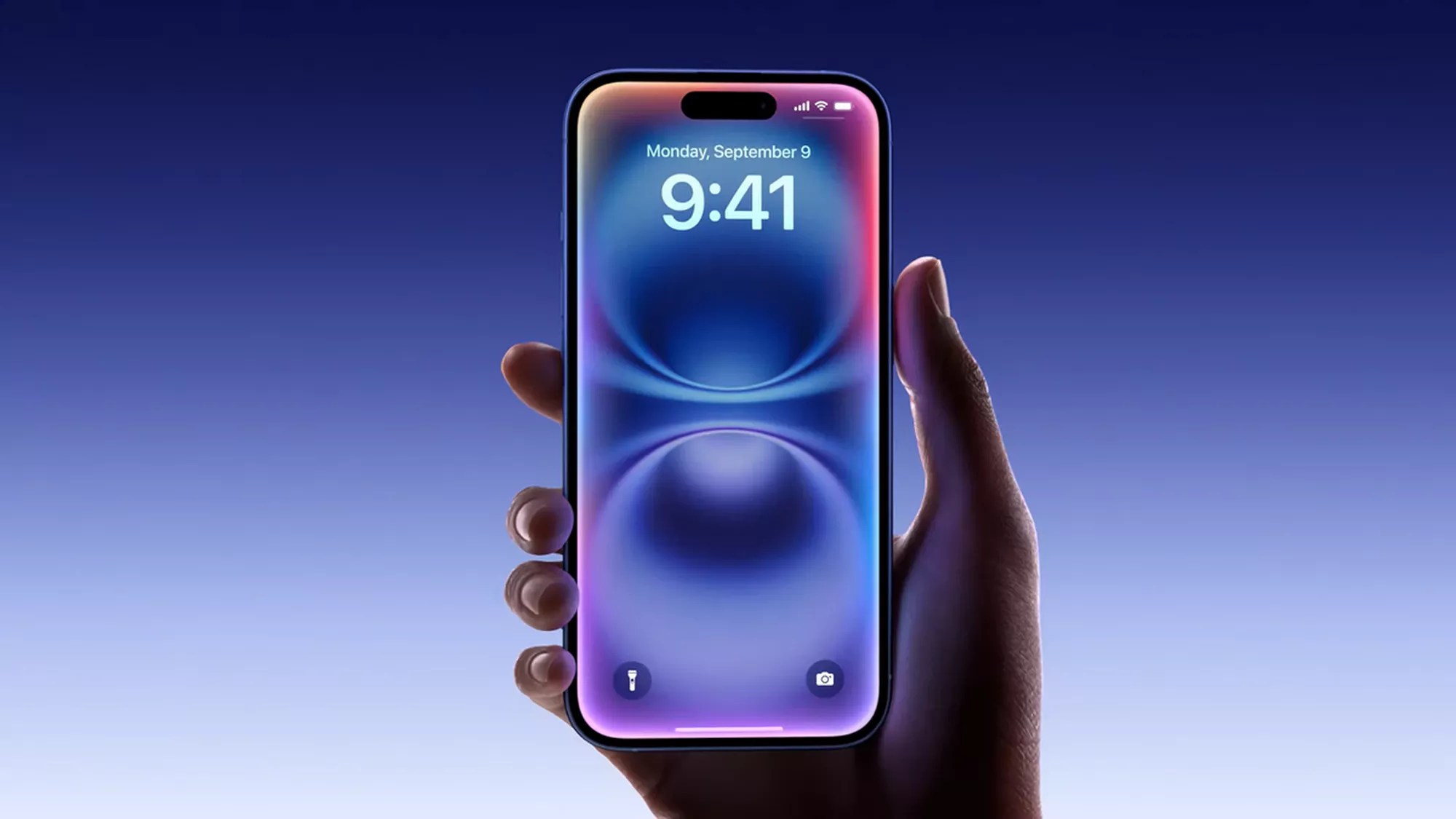What started as a small-scale hobby has now turned into a multi-billion-dollar industry—mobile gaming is officially here to stay! Thanks to rapid advancements in smartphone technology, especially with Arm’s powerful processors, mobile gaming is driving the next generation of devices. In fact, mobile gaming revenue is projected to reach an incredible USD $118.90 billion by 2027.
Over the last 15 years, mobile gaming has come a long way. With faster processors, larger and sharper displays, and longer-lasting batteries, we’re now able to enjoy immersive, high-quality AAA games on our phones. Games that were once limited to PCs and consoles, like PUBG, Fortnite, Call of Duty, and Honor of Kings, are now available right at our fingertips. And let’s not forget about Genshin Impact, one of the most impressive AAA games on mobile, which was released on mobile alongside its PC and console versions.
This article dives into the exciting rise of mobile gaming and how Arm’s technology has played a key role in that growth. We’ll also take a look at where the industry is heading in the future!
The Early Days of Mobile Gaming
For me, mobile gaming started back in the late 90s on my trusty (and nearly indestructible) Nokia 3310 with the classic game Snake. The games back then were simple in terms of graphics, and of course, limited by the small screens and less powerful hardware of the time.
The first 3D mobile games made their debut in 2003, but it took a little while for mobile devices to fully catch up. It wasn’t until around two years later that 3D gaming became more common on phones. But what really changed the game for mobile gaming was the launch of full-screen smartphones in the late 2000s.
From Keyboard to Touchscreen
With full-screen smartphones, suddenly phones weren’t just for making calls—they became all-in-one devices that could handle pretty much anything, including gaming. The addition of touchscreens and a whole new world of apps opened up a whole new gaming experience. Now, games had better graphics, a wider variety of choices, and most importantly, the ability to play “on the go” whenever you had a few minutes to spare.
Mobile gaming became a must-have for commutes or travel, and we saw it really take off. A great example of this shift was Angry Birds, launched by Rovio in 2009. It perfectly blended the smartphone’s touchscreen with fun, realistic physics and improved graphics, offering a fresh and exciting way to play on mobile.
New Ways to Play
The 2010s brought even more exciting changes to mobile gaming, introducing new ways to play for a whole new generation of gamers. For many, Pokémon Go—released in 2016—was their first taste of not just mobile gaming, but also augmented reality (AR). The game also brought something new to the table: social gaming. It wasn’t just about staring at a screen anymore—people all over the world came together for Pokémon Go events, both big and small, turning gaming into a fun, social activity.

Gaming Events and Esports
This rise of social gaming helped set the stage for the explosive growth of esports. While mobile esports may not yet have the same following as PC and console gaming, it’s growing fast, attracting millions of players and fans. A major milestone in mobile esports came in 2022 when PUBG Mobile, released in 2018, became an official medal sport at the Asian Games in Hangzhou. The 2023 event saw every esports competition sell out with 5,000 fans at the China Hangzhou Esports Centre.
As esports continues to grow, gaming is becoming more than just something you do—it’s something you watch. The popularity of streaming platforms like Twitch has made them a vital part of the gaming experience, and they’re now deeply integrated into the world of gaming development.
‘Mobile-First’ Gaming
The shift to a mobile-first approach in the gaming industry really took off in 2020. Even game studios that used to focus mainly on PC and console games started dedicating more resources to creating mobile titles.
I remember being blown away by the graphics of Genshin Impact when I first played it two years ago. Honestly, I forgot I was even playing on a smartphone! The details in the scenery, the shadows, the lighting effects, and the character designs all pulled me into the game from the moment I started. It’s no wonder Genshin Impact won the Best Mobile Game award in 2021. It’s a perfect example of how far mobile gaming has come—now, it’s producing games that can rival console titles in terms of graphics and immersive gameplay.
What’s even more impressive is the ability to cross-save your progress between different platforms. Whether you’re playing on PC, console, or mobile, you can pick up right where you left off and enjoy a high-quality gaming experience on any device. AAA mobile games like Genshin Impact are now part of the overall gaming world, making it easy for friends to play together, even if they’re using different devices. And the best part? You get all this incredible gameplay on a mobile device that you can take anywhere—without sacrificing any content or quality.


